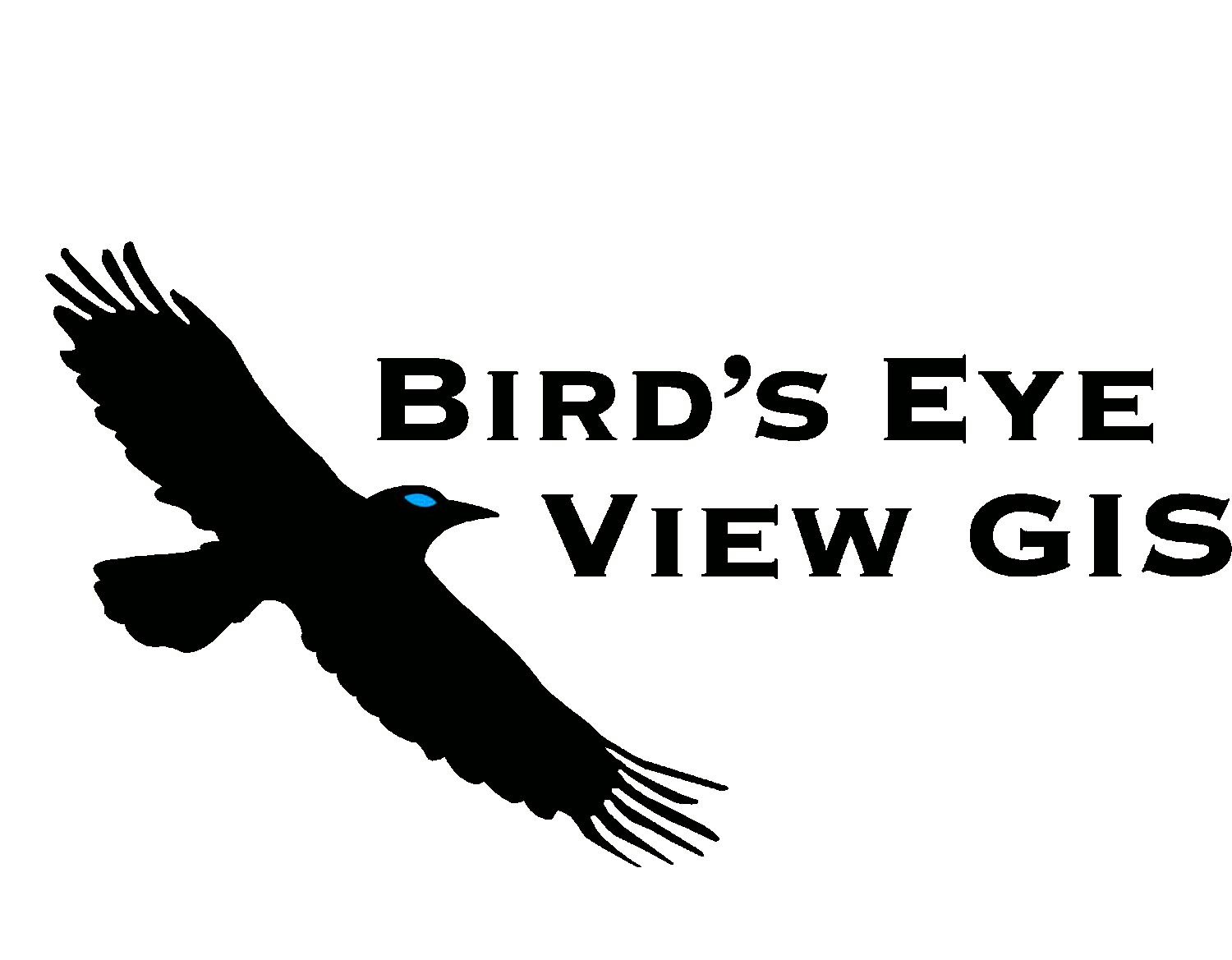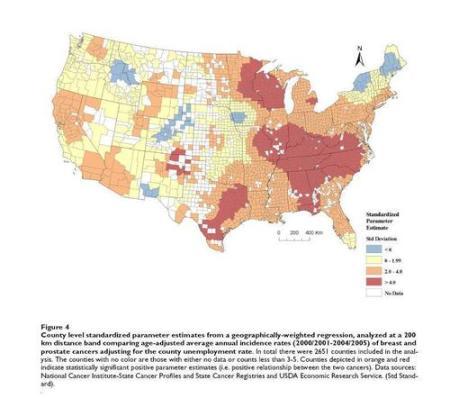During the last week of May I traveled to the island of Oahu in Hawaii to participate in the Association of State and Territorial Health Officials (ASTHO) Insular Area Climate and Health Summit. It was a small intimate meeting organized by ASTHO. It was held at the Ala Moana Hotel with representatives from most of the U.S. territories including:
- American Samoa
- Commonwealth of the Northern Mariana Islands
- Federated States of Micronesia
- Guam
- Palau
- Puerto Rico
- Marshall Islands
- U.S. Virgin Islands
- Hawaii Department of Health
- Pacific Island Health Officers Association (PIHOA)
The ASTHO Summit on Climate and Health group photo
The first afternoon was focused on the impacts of climate change, preparedness and building resilience. There were great presentations on climate change (Capt. Barry Choy - NOAA), an overview of the tools and programs available from the CDC (Paul Schramm), and issues around vector-borne diseases and mosquitoes (Janet McAllister).
Then there were some very humbling and sobering presentations on current issues people are having in the Mariana Islands, Micronesia and the U.S. Virgin Islands. Sea level rise and hurricane recovery were the main topics. I heard first hand, stories of people dealing with climate change impacts now. This was nothing hypothetical. These were real people dealing with catastrophic current impacts. Compounding this were stories of how many islands have such small populations that they frequently fall off federal priority lists.
For example, in Micronesia they are working on a salt water tolerant taro variety. They hope this will help farmers produce food, even with rising seas. The Virgin Islands & Puerto Rico were hit by back-to-back Category 5 hurricanes last September: Irma and then, two weeks later, Maria. Many there are still in survival mode. They used to think of being ready for a week long disaster. They are now planning on months. They need to know basic things, like where all the backhoes are. Climate change is here and the people dealing with the biggest early impacts had very little to do with the cause.
The first afternoon
The second day focused more on tools and resources which was why I was invited. There were more detailed talks given by the CDC on vector control, especially from mosquitoes. That afternoon I taught a 3.5 hour Community Health Maps Train-the-Trainers workshop to a group of health officials from each territory. The idea was that they could train their colleagues once back on their islands. We went through the entire CHM workflow: A) how to design a data collection form using Fulcrum, B) how to collect data using smartphones, C) how to make a map in Carto and D) how to bring the data into QGIS.
Onasai'i Aulava & Ruta Ropeti from American Samoa learning to use Fulcrum
John Tagabuel from the Commonwealth of the Northern Mariana Islands learning to use Fulcrum
The last morning I taught a second Community Health Maps workshop open to everyone. I had about 30 attendees and again went through the entire CHM workflow.
The week was a reminder of how those of us working with technology day-to-day sometimes take it for granted. Everyone was super excited to have this training. It was also a lesson in how resource rich we are on the continent. One of my goals with Bird's Eye View is to use technology to help make the world a better place. (Thus my focus on conservation, public health and education.) One of the goals of the Community Health Maps program is to empower people with technology. This week fulfilled both and was very gratifying.
Most of the trainees had little to no GIS training yet instantly knew how mapping could apply to their work and lives. They want to map everything related to hurricane relief, salt water resistant taro farms, infrastructure related to mosquito outbreaks etc. A benefit of having the community do this is that they can be in charge of their own data and it helps build community relationships.
One afternoon the officials from American Samoa wanted to see how well the basemaps available in Carto and in QGIS via QuickMapServices represented their home. I opened up OpenStreetMap and zoomed to Pago Pago, American Samoa. It was pretty feature rich and they were surprised and excited.
During the closing session the ASTHO organizers went around the room and asked people to give their closing thoughts. I was amazed to hear person after person say they wanted more training from Kurt. It was great feedback. There seems to be a lot of potential for CHM, and FOSS4G generally, to help U.S. Territories and ASTHO deal with the immediate and long-term health issues related to climate change.
It felt like making real connections with people was easy. That's the way the best meetings/conferences feel. I hope to travel to some of these islands and teach more in depth workshops to get people really up and running with QGIS. I also plugged FOSS4G Oceania and hope some take advantage of the travel grant program!
Farewell shot with my new friends from American Samoa














